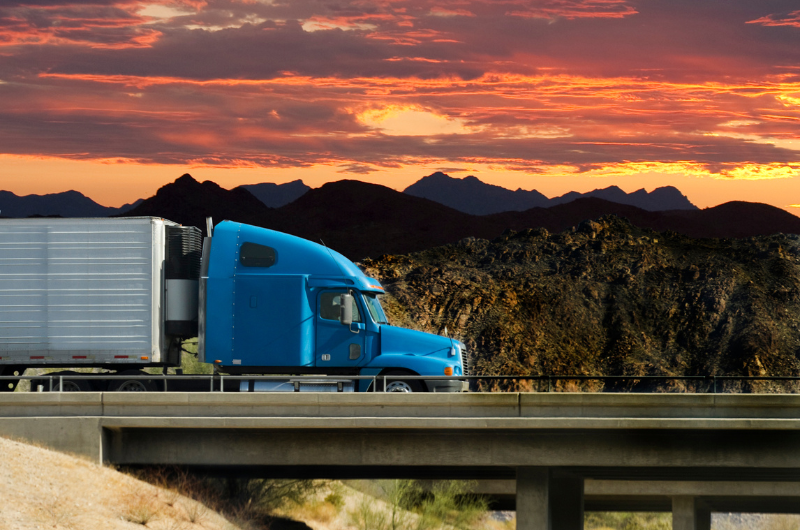Approximately three million semi-trucks are registered to operate on roadways in the U.S., and in 2022 the trucking industry grossed $940.8 billion dollars in freight revenue.1 While transportation has been driving our economy for decades, the industry has also been a significant source of greenhouse gas (GHG) emissions. The Inventory of U.S. Greenhouse Gas Emissions and Sinks 1990–2022 (the national inventory that the U.S. prepares annually under the United Nations Framework Convention on Climate Change) reported that the transportation industry was responsible for about 28% of total U.S. GHG emissions in 2022, with on-road vehicles being responsible for approximately 80% of that amount.2 In recent years, there have been ongoing efforts to reduce emissions within the industry. Such efforts have led to the U.S. having more than 135,000 natural gas vehicles on the road today,3 and 79% of all on-road fuel used in natural gas vehicles in 2023 was renewable natural gas (RNG).4
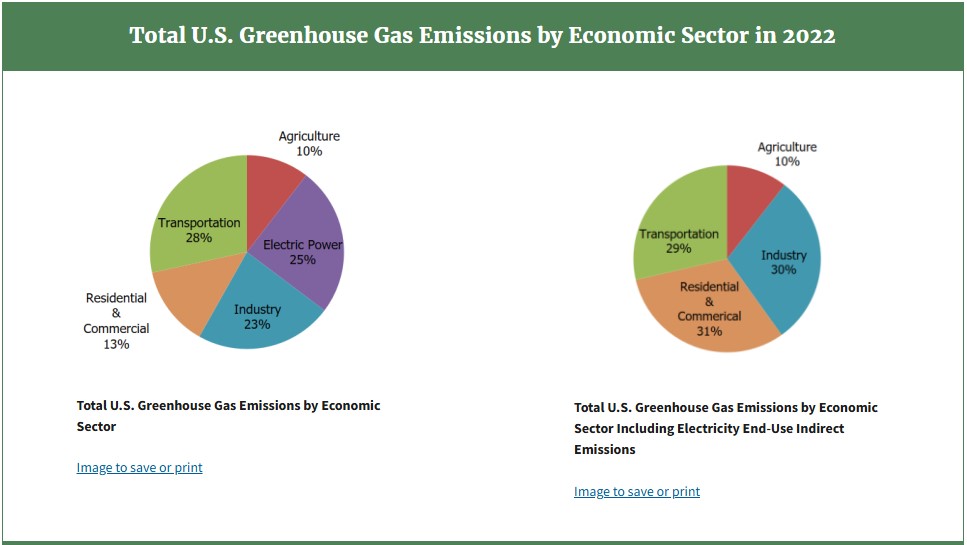 5
5When a fleet switches to using RNG, its organization can experience several benefits. While reducing up to 95% of lifecycle GHG emissions6 (as compared to diesel) is a substantial benefit of using RNG as transportation fuel, fleets using RNG can also experience up to a 91% decrease in fuel costs and less downtime for maintenance.7 With new regulations coming into effect over the next few years, now is the time to switch your fleet to RNG.
Are You Ready for GHG Emissions Standards for Heavy Duty Vehicles – Phase 3?
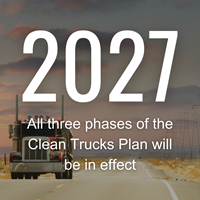 In March 2024, the EPA announced the third and final rulemaking under the Clean Trucks Plan, which would apply to all vehicles with a model year of 2027 and beyond. The Clean Trucks Plan was announced by the EPA in August 2021 and is a set of regulations for the on-road transportation industry that aim to reduce pollution and protect public health while addressing emissions’ impact on climate change.8
In March 2024, the EPA announced the third and final rulemaking under the Clean Trucks Plan, which would apply to all vehicles with a model year of 2027 and beyond. The Clean Trucks Plan was announced by the EPA in August 2021 and is a set of regulations for the on-road transportation industry that aim to reduce pollution and protect public health while addressing emissions’ impact on climate change.8Phase 1 focused on reducing emissions that form smog and soot from heavy-duty engines and vehicles, while Phase 2 focused on multi-pollutant emissions from light and medium-duty vehicles, such as commercial pickup trucks and vans.
Phase 3 introduces tightening carbon dioxide emission standards for heavy-duty vehicles, including heavy-duty vocational vehicles (such as delivery trucks, refuse trucks, public utility trucks, school buses) and tractors (such as day cabs and sleeper cabs on tractor-trailer trucks). Phase 3 standards are technology-neutral and give original equipment manufacturers (OEMs) flexibility to achieve CO2 emissions reductions through technologies best suited for them and their customers. The OEMs are responsible for ensuring that the vehicles they produce and sell comply with the standards.
Oncoming: NOx Reduction Mandates
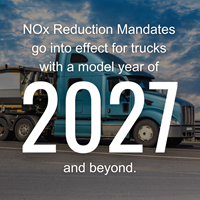 Nitrogen Oxides (NOx) are a group of pollutants, such as nitrogen monoxide and nitrogen dioxide, created through the combustion process. These are formed due to high pressure, temperature and the ratio of air in the diesel combustion process. When these pollutants are released into the atmosphere, they can react with other compounds to create additional pollutants that pose serious public health risks.
Nitrogen Oxides (NOx) are a group of pollutants, such as nitrogen monoxide and nitrogen dioxide, created through the combustion process. These are formed due to high pressure, temperature and the ratio of air in the diesel combustion process. When these pollutants are released into the atmosphere, they can react with other compounds to create additional pollutants that pose serious public health risks.In December 2022, the EPA adopted a final rule related to NOx emissions for engines used in on-road medium- and heavy-duty vehicles. Consistent with the Clean Trucks Plan discussed above, these requirements apply to covered vehicles for model year 2027 and beyond. For class 6-8 vehicles, NOx emissions must be reduced to 50 mg/bph-hr during normal operation, 65 mg/bph-hr at low load and 10 g/hr at idle. These numbers do factor in an interim in-use compliance allowance of 15 mg/bhp-hr for Class 6–8 diesel HDVs and engines, which is awarded after EPA evaluates that they meet the final standards in use in the real world.9
Both Phase 3 GHG emissions standards and the NOx mandate set tough emissions reduction standards for diesel trucks to meet, but there is an answer: RNG.
Switch Your Fleet to RNG Now
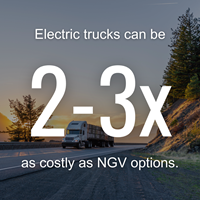 While the upcoming effective dates for the above discussed EPA emission regulations are a major driver for transitioning to lower-carbon fuels such as RNG, they are not the only ones. Alternative solutions such as electric trucks can be up to three times more costly to purchase and operate than natural gas vehicles, making RNG a turnkey and less capital-intensive solution.10 In 2024, Cummins Inc. launched its X15N 15-liter natural gas engine, which allows for greater applications and more fleet vehicles to switch to RNG. The United States has a robust network of natural gas fueling stations that fleets can utilize. Additionally, by investing in a private RNG fueling station solution, fleets can experience more benefits, including generating additional revenue and having more control over refueling timelines.
While the upcoming effective dates for the above discussed EPA emission regulations are a major driver for transitioning to lower-carbon fuels such as RNG, they are not the only ones. Alternative solutions such as electric trucks can be up to three times more costly to purchase and operate than natural gas vehicles, making RNG a turnkey and less capital-intensive solution.10 In 2024, Cummins Inc. launched its X15N 15-liter natural gas engine, which allows for greater applications and more fleet vehicles to switch to RNG. The United States has a robust network of natural gas fueling stations that fleets can utilize. Additionally, by investing in a private RNG fueling station solution, fleets can experience more benefits, including generating additional revenue and having more control over refueling timelines.By transitioning your fleet to RNG now, your organization can experience the benefits sooner than later, all while complying with new emission reduction regulations. Work with us to start your fleet’s journey with RNG and drive down emissions.

Sources:
1. Trucking Industry Trends, Statistics, & Forecast – 2024 Edition
2. Fast Facts on Transportation Greenhouse Gas Emissions | US EPA
3. Vehicles – The Transport Project
4. https://www.rngcoalition.com/news/2024/4/25/rng-coalition-rng-breaks-motor-fuel-usage-records-in-2023
5. https://www.epa.gov/ghgemissions/sources-greenhouse-gas-emissions (graph)
6. https://www.anl.gov/sites/www/files/2021-03/RNG_FAQ_March_2021_FINAL_0.pdf
7. RNG Transportation Guide
8. Clean Trucks Plan | US EPA
9. U.S. heavy-duty vehicle NOx standards: Updates to emission limits, testing requirements, and compliance procedures - International Council on Clean Transportation
10. Affordable – The Transport Project

